As you know, my house is my castle. But how relevant is this famous phrase in our modern life? Are our “fortresses” so safe or are there some flaws in them? For example, every city dweller uses the elevator almost daily. This design is so often used in our daily lives and has become so familiar that few people think about its safety. But being in the elevator shaft, as well as in his cabin, a person is in serious danger.
Using various types of lifts, we repeatedly expose ourselves to uncontrolled risk. Unclear? Let's try to clarify. For example, when moving in a car, a person exposes himself to a controlled risk. It is enough to follow the rules of the road, do not drive while intoxicated, use a working vehicle, fasten your seat belt and the risk of a traumatic situation is significantly reduced. In the case of the elevator, we can’t control the process in any way and are forced to fully rely on the organization that provides maintenance of the elevators. Our well-being depends on their professionalism and responsibility.
This is where the question of lift insurance comes up. How is this process carried out? Who should pay for it? These and some other nuances we will consider today.
High risk facility
It turns out that the elevator economy is a dangerous territory. Therefore, for some time now, and more precisely, since January 2012, compulsory insurance of elevators in all places where they are available was adopted. Such a norm is provided for by the fifth article of the Federal Law No. 225, which refers to the compulsory insurance of liability of the owner of an object of increased danger.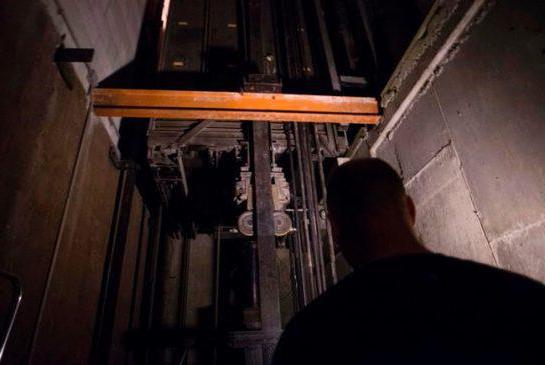
Despite the fact that the tenants are the owners and owners of the lift in an apartment building, the management company must deal with lift insurance. Moreover, the cost of such an action is included in the maintenance fee for the entire house. Residents can make a decision separately at a meeting of co-owners. But here the questions begin. The overwhelming majority of residents do not think about this issue and by default believes that insurance of elevators in residential buildings is a matter of course. However, in practice it turns out that this is not so.
Management companies most often “forget” to insure elevator equipment or do not renew the contract on time. But they continue to include the corresponding amounts in the tariff for paying for services regularly. As a result, funds are accumulated in the accounts of the managing organization, but just happen that - you can not count on insurance.
Who should enter into a contract?
The management organization, hired by tenants to ensure the safety and efficiency of all public facilities, including elevators and elevator shafts, is simply obliged to draw up an elevator insurance contract on behalf of the residents. The Criminal Code should also monitor the timely extension of the document. To prevent this issue from being left unchecked, residents of an apartment building can, at a general meeting of residents, fix such a duty in writing, indicate the sources and amounts of funding. The forms of control over the implementation of such an instruction should also be defined.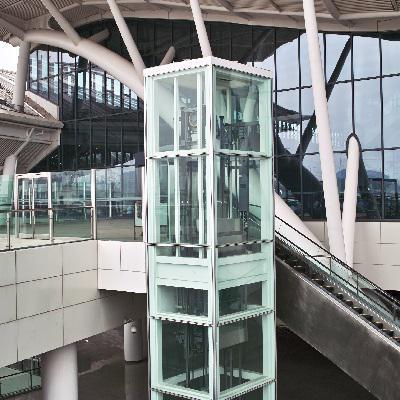
Since the insurance of elevators as dangerous objects is mandatory, its cost, along with other cost items, is already included in the column “For the maintenance of housing”.So, separately, residents are not required to pay anything.
Any resident of the house can find out where and for what amount the lift equipment installed in his house is insured. For this, it is enough to write a corresponding application in the Criminal Code and study the contract.
Since, under the law, elevator insurance is a procedure that is available only to a legal entity, residents of houses who have chosen the form of independent management of the house and refused the services of the managing organization will have to create an IP or LLC. It is on his behalf that all contracts will be concluded.
Why insure?
Elevator insurance is the most civilized way to protect those whose health, life and property interests may suffer from the use of the facility. For individuals affected at the time of the incident, this is a guarantee of financial compensation. For organizations - the likelihood that damage resulting from an accident will be compensated by the insurer. And for the state as a whole, insurance of passenger and freight elevators is a method of reducing the financial burden on budgets of different levels.
Compulsory insurance is an additional way to encourage owners to carry out timely maintenance of elevators. After all, the better the condition of the lift, the cheaper the contract will be. In addition, if as a result of the investigation it is proved that the accident is the fault of the owner of the lift, then SK, having paid, has the right to file a recourse action and refund the amount spent. So it is safe to say that insurance of freight elevators, as well as passenger, entails quality service and a higher level of security.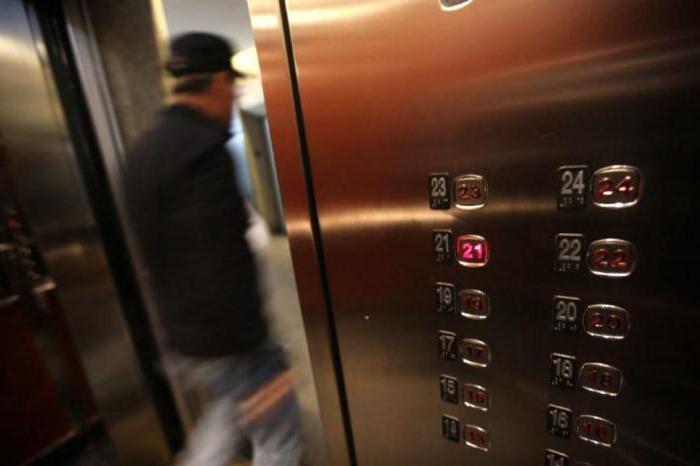
We consider the price of insurance
You can calculate the cost of the "lift" policy yourself. The formula is pretty simple:
P = (C x T) x 0.01, where
- P - the cost of the policy;
- T - tariff;
- C - insurance amount (prescribed in Article 6 of the Federal Law No. 225).
The basic rate is determined very simply and depends on the total number of elevators available. For example, if the management company serves only 1 house and it manages no more than 5 lifts, then the basic rate of the insurance rate is 0.05. But if the company runs from 101 to 150 elevators, the tariff takes the value of 1.30. The full list of tariffs can be found in the Decree of the Central Bank of the Russian Federation No. 4234-U dated 12/19/2016.
Sometimes in the above formula a so-called decreasing coefficient may appear and then the calculation will be like this:
P = (C x T x K) x 0.01.
The decreasing coefficient is taken individually, based on the degree of danger of the lift, the timing of its operation, the quality of service and other indicators. The maximum coefficient is 0.6, which means a 40% reduction in insurance prices.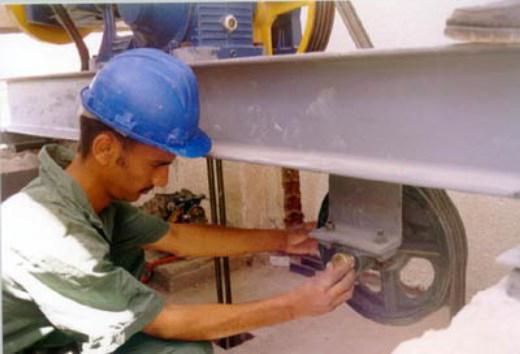
What is needed to complete the contract?
Although Rostekhnadzor excluded elevators from the list of hazardous production facilities, anyway, the presence of an insurance policy is one of the necessary conditions for the legality of using your lift. Moreover, Rostekhnadzor has the right to come with an inspection of the technical condition of the elevator facilities. If there is a lack of insurance, fines will be issued both on the legal entity, which remains in charge of the lift, and on the official responsible for obtaining the policy.
To apply for insurance you need the following documents:
- statement;
- document on registration of the object in the registry;
- card account;
- technical documentation for the object;
- details of the organization.
Correctly fill out all the papers you will help employees of the selected insurance agency.
What threatens those who ignore the law?
Doing this is not worth it, because responsibility in this case, although it is administrative, is still great to afford.
For legal entities for non-compliance with legal requirements, a fine of 300 thousand to half a million rubles is provided. For officials - from 15,000 to 20,000 rubles.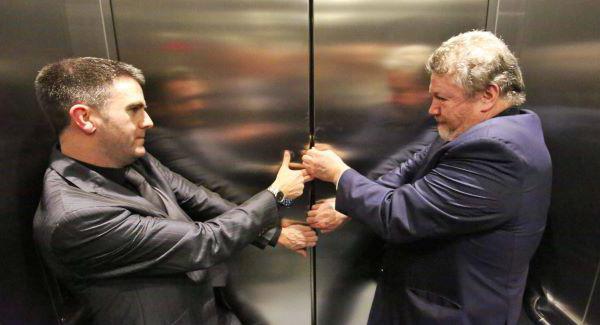
Given that the maximum cost of insurance does not exceed 150 thousand, the costs can be considerable. By the way, if the inspection organization finds out that the elevator was used without insurance, the amount due will still be collected from the homeowners. Even if several years have passed since unlawful exploitation.
What to do in case of an accident?
But what to do when a certain embarrassment occurred with the elevator? First of all, to save the victims! First, first aid should be provided, and if necessary, call an ambulance.
You should also document all the circumstances of the incident using a photo or video recording, as well as immediately call the employees of the management company. If the accident resulted in the death of a person, law enforcement officers should be called immediately.
Within a day after the incident, it is necessary to inform the insurance organization that issued the policy. Then you just need to follow the instructions of the insurer.
What is an insured event?
Any accident is recognized as such an event, as a result of which the health or life of citizens was harmed. For example, an emergency brake failure can be considered as such, because of which the elevator descends very quickly to the lowest floor, and people in it can get injuries of varying severity.
To receive a payment, you must contact the appropriate UK and provide the necessary documents.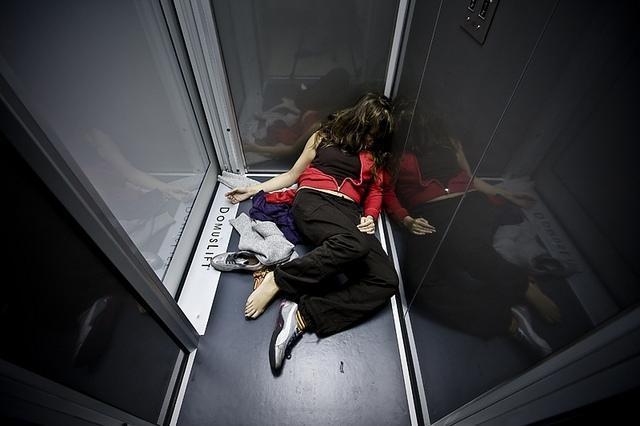
What kind of compensation can I get?
In this case, it all depends on the severity of the injury. The insurance company is obliged to reimburse the victim all the amounts spent on treatment, if they are confirmed by checks.
In the event of the death of a passenger, his family can expect maximum compensation in the amount of 2 million Russian rubles. In addition, an additional 25 thousand will be paid for expenses associated with the burial.
Compensation can be received even if the elevator was not insured. The victim should contact the National Liability Insurance Union (NSSO).